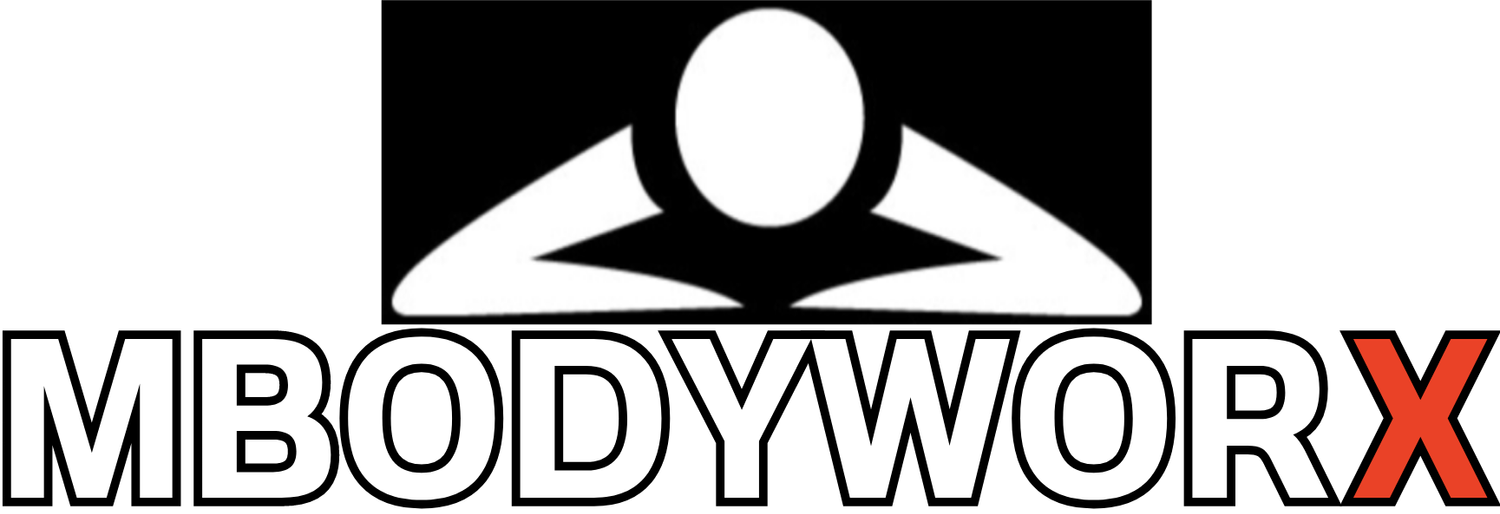Understanding s.o.a.p. Notes
Subjective Objective Assessment Plan (SOAP) is a structured method of documentation used in medical fields, such as healthcare and veterinary medicine, to record and organize patient information. The SOAP note consists of four sections: Subjective, Objective, Assessment, and Plan, which provide a systematic way to document patient data, findings, and treatment plans. (SOAP) is a format for organizing and documenting medical information in a patient's medical record. It is a standardized approach used by healthcare professionals to evaluate and treat patients, particularly in outpatient and hospital settings.
The SOAP format consists of four sections:
Subjective: This section includes information provided by the patient about their symptoms, concerns, and medical history.
Objective: This section includes the results of the physical examination, laboratory tests, imaging studies, and other objective data gathered by the healthcare professional.
Assessment: This section includes the healthcare professional's diagnosis or list of possible diagnoses based on the subjective and objective data.
Plan: This section outlines the healthcare professional's plan for treatment, follow-up, and any other interventions that may be necessary.
The SOAP format is used to provide a structured approach to patient care and to ensure that all relevant information is documented in the patient's medical record. It helps to ensure that healthcare professionals follow a standardized process for evaluating and treating patients, which can improve patient outcomes and reduce the risk of medical errors.Here's an example of a SOAP note use case:
A patient comes to a primary care clinic complaining of shortness of breath and chest pain. The clinician begins the encounter by taking the patient's medical history, performing a physical examination, and ordering diagnostic tests. After the encounter, the clinician uses the SOAP note format to document the encounter:
S: Subjective - The patient reports shortness of breath and chest pain for the past two days. He rates the pain as a 7 out of 10 and says that it is worsened by activity.
O: Objective - The patient's vital signs are stable, with a blood pressure of 120/80 mmHg, heart rate of 90 beats per minute, and respiratory rate of 20 breaths per minute. On physical examination, the clinician notes decreased breath sounds and wheezing in the lungs.
A: Assessment - Based on the patient's symptoms and examination findings, the clinician suspects the patient has bronchitis or pneumonia.
P: Plan - The clinician orders a chest X-ray, a complete blood count, and a sputum culture. The patient is prescribed an inhaler and a course of antibiotics. The clinician advises the patient to rest, avoid physical activity, and follow up in one week.
The SOAP note serves as a concise and structured way for the clinician to document the encounter and communicate important information to other healthcare providers involved in the patient's care. It also helps ensure that the clinician covers all the necessary aspects of the patient's condition and treatment plan, which can improve the quality of care and patient outcomes.
The SOAP format has been in use since the 1960s and was first introduced by Lawrence Weed, an American physician and medical informatician. Weed developed the SOAP format as a way to standardize medical documentation and improve communication between healthcare professionals.
“You have such a good memory”-
”No, I take rather detailed notes.”
Although the SOAP format is widely used in healthcare, there are other alternatives to documenting patient information, such as the Problem-Oriented Medical Record (POMR) and the Electronic Health Record (EHR). The POMR was developed in the 1970s as an alternative to traditional medical records and is based on a problem-solving approach. The EHR is a digital record of patient information that can be accessed by healthcare professionals across different settings and is becoming increasingly popular in modern healthcare.
SOAP notes are used in healthcare to document patient encounters, which can include sensitive personal health information (PHI). HIPAA (Health Insurance Portability and Accountability Act) is a federal law that sets standards for protecting patients' PHI and ensuring its confidentiality.
Under HIPAA, healthcare providers are required to maintain the confidentiality and privacy of PHI and take reasonable steps to safeguard it from unauthorized disclosure. This includes using secure and private methods for transmitting and storing PHI, such as encrypted email and password-protected electronic health records (EHRs).
When using SOAP notes, healthcare providers should take steps to ensure the confidentiality and privacy of patients' PHI. This can include using a secure and private method for storing and transmitting SOAP notes, such as a password-protected EHR system. Additionally, providers should only disclose PHI in SOAP notes to authorized individuals who have a legitimate need for the information, such as other healthcare providers involved in the patient's care.
It's important for healthcare providers to stay up-to-date on HIPAA regulations and best practices for safeguarding patients' PHI when using SOAP notes or any other method of documenting patient encounters. This can help ensure that patients' privacy and confidentiality are protected and that providers are in compliance with the law.
SourcesAmerican Academy of Family Physicians (AAFP): The AAFP offers a comprehensive guide to SOAP notes, including examples and templates. You can find it on their website at https://www.aafp.org/fpm/2004/0500/p67.html.
HealthIT.gov: HealthIT.gov provides an overview of SOAP notes and their use in electronic health records (EHRs). You can find it on their website at https://www.healthit.gov/faq/what-are-some-examples-clinical-notes-ehr.
Verywell Health: Verywell Health has a useful article on the benefits of using SOAP notes in healthcare. You can find it on their website at https://www.verywellhealth.com/soap-notes-2615307.
Centers for Medicare & Medicaid Services (CMS): CMS provides guidelines on how to properly document patient encounters, including the use of SOAP notes. You can find it on their website at https://www.cms.gov/Outreach-and-Education/Medicare-Learning-Network-MLN/MLNProducts/Downloads/eval-mgmt-serv-guide-ICN006764.pdf.
HIPAA Journal: HIPAA Journal has an article on how to ensure HIPAA compliance when using SOAP notes. You can find it on their website at https://www.hipaajournal.com/soap-notes-hipaa-compliance-9063/.


